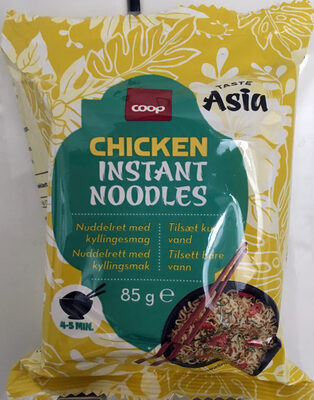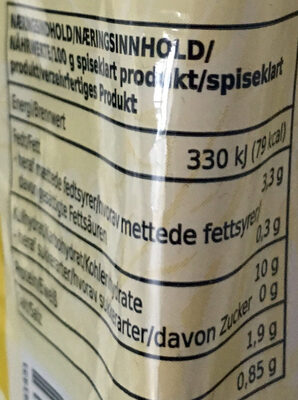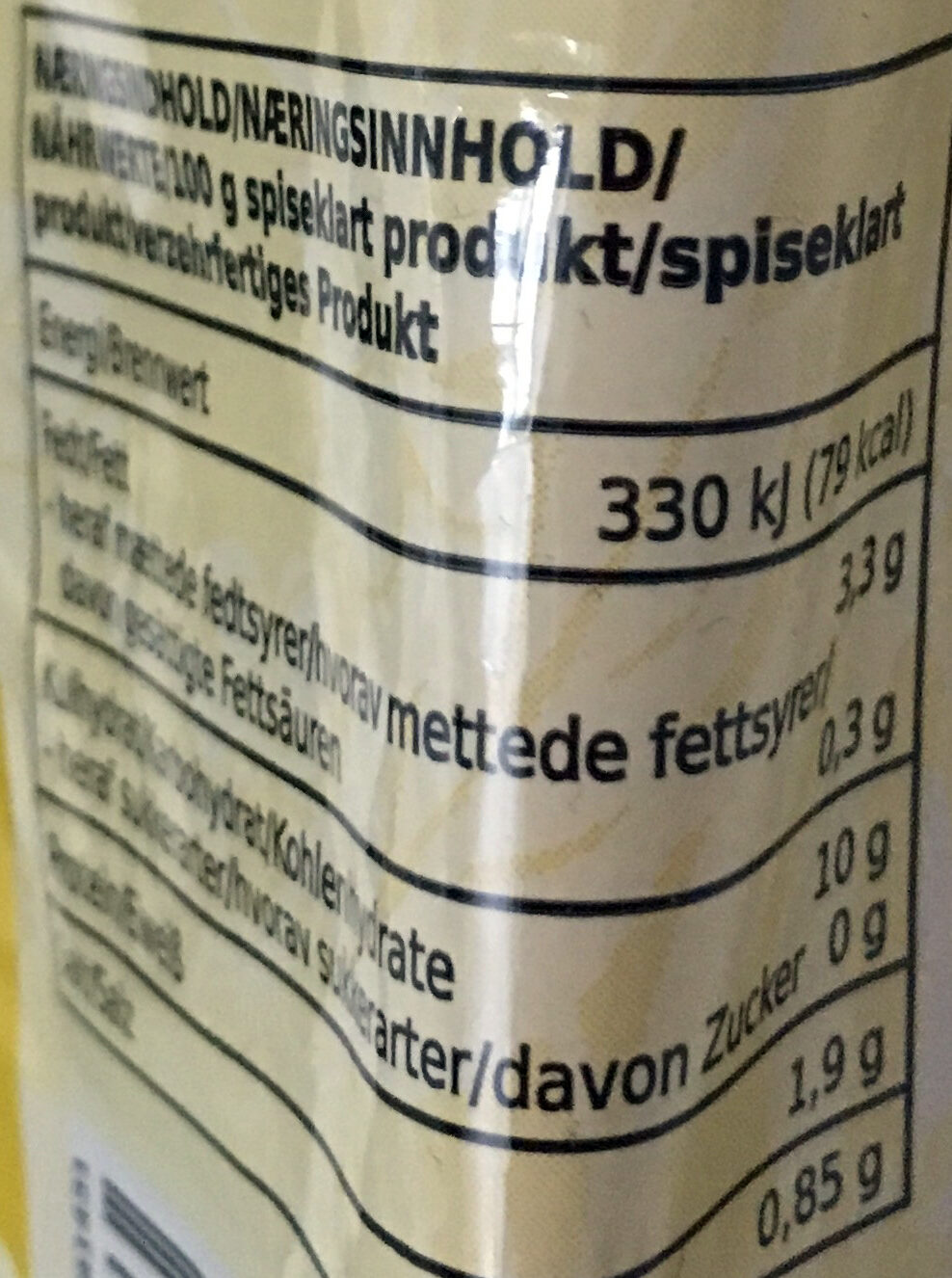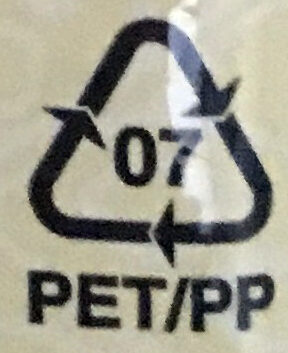Chicken Instant Noodles - Coop - 85g
This product page is not complete. You can help to complete it by editing it and adding more data from the photos we have, or by taking more photos using the app for Android or iPhone/iPad. Thank you!
×
Barcode: 7340011483083 (EAN / EAN-13)
Common name: Nudelrett med kyllingsmak
Quantity: 85g
Packaging: Plastic
Brands: Coop, Kauno Grūdai, Kedainiai Instant Noodles Factory
Categories: Plant-based foods and beverages, Plant-based foods, Cereals and potatoes, Cereals and their products, Dried products, Pastas, Dried products to be rehydrated, Noodles, Instant noodles
Manufacturing or processing places: Kėdainiai, Lithuania
Stores: Coop Extra
Countries where sold: Norway
Matching with your preferences
Report a problem
Data sources
Product added on by odinh
Last edit of product page on by odinh.
Product page also edited by ecoscore-impact-estimator, inf, openfoodfacts-contributors.










